By Jeff Powell, Curator Cobb+Co Museum.
A caravan in Queensland Museum’s collection (H46579) was made by Duncan (Len) Macpherson around 1945. Although simple in appearance, the caravan is evidence that Len was a bit of a trendsetter. His wooden caravan is a tangible example of social changes that were about to sweep the nation.
Caravans were not completely unknown in the late 1930s, but were generally considered an American phenomenon, yet to have much impact in Depression era Australia.(1) Few people could afford a car let alone a caravan. The predominantly British cars on Australian roads were smaller and less powerful than cars in the United States needed to haul a caravan. And then ‘the War’ came in 1939. Petrol and tyres were scarce, rationed commodities for the next six years. Many cars were garaged for the duration of the Second World War, as the population served the war effort.
Austerity measures including petrol rationing continued for another five years after the War. So although petrol and even cars to put it in, was a limited commodity, there was a huge pent up demand for vehicles from thousands of ex-service personnel who had learned to drive during the War.
Holidays, there’s a good idea.
A social revolution swept Australia that no doubt cheered most of the population at Christmas 1945; two weeks annual leave for all was awarded in the Commonwealth Conciliation and Arbitration Court.(2) Family holidays, indeed any sort of holidays, were a very new experience. The generation of kids who had known poverty in the Great Depression, and then survived the Second World War as young adults, were keen to now have a bit of enjoyment in their lives; to go camping and surfing and fishing and picnicking and barbequing and partying…. and go caravanning.
Small workshops building caravans sprang up, but it was not unusual for handy people like Len Macpherson to build their own from plans in caravan magazines.

The early caravans were made of plywood (‘bondwood’) with pine frames. They were Spartan by modern standards but generally did have cupboards; a sink with a hand operated pump to a water tank; a small ‘metho’ stove; possibly an ice chest; and a folding table that became a bed at night. Lighting could be from a ‘tilly’ hurricane lamp or a battery light. The Macphersons’ van was well appointed with 240-volt power outlet and lights, but ‘powered sites’ at camping grounds were rare in those days so the kerosene lamps were always taken as a backup. The mushroom pink and light green décor was very fashionable in the late 1940s.

A shorter working week.
Most employees worked half a day on Saturdays, some even the whole day, but a forty-hour five-day week became effective in 1948.(3) The concept of a ‘weekend at the Coast’ was born. Len and Myra Macpherson and their sons initially took their annual holidays at Currumbin, but in the 1950s moved the van to a friend’s house at Tugun. Many people left their ‘vans at caravan parks permanently and would head ‘down the Coast’ after work on Friday evening. On a busy weekend the traffic jam to the Coast started at Mt Gravatt.
Hit the road, finally.
Petrol rationing finally ended in 1950 and the caravan holiday could become a road trip.(4) As far back as 1954 newspapers reported on the ‘winter influx of southern cars and caravans to Queensland.’(5) The ‘North Coast’ (Sunshine Coast) had previously been a little too far to go from Brisbane when petrol was scarce, but in winter 1954 there were reports of 50 caravans from the Queensland Caravan Club heading to Caloundra. (6)
By the mid-1950s caravans were all the rage. Chesney Caravans at Chermside grew along with the increasing demand for caravans across the country, from a small business in 1950 to become one of the biggest manufactures in Australia.

Driving the growth in caravans were the number of cars on Queensland roads. Before the Second World War very few families had a car. By 1961 there was a sedan car or station wagon for every six people (253,292 cars). Nearly every Queensland family had a car in the 1960s.(7) And cars were becoming more powerful. Nearly half of all the cars in Queensland by this time were Holdens or Fords, with over 20 horsepower (14.9 KW) motors.(8) Cars could tow greater weights. The little ‘teardrop’ shaped bondwood ‘vans were replaced by shiny aluminium-clad caravans with electric fridges and stoves.
An innovation of the late 1940s was the canvas annex,(9) they were just becoming common in the late 1950s. When packed up, an annex with poles, ropes and pegs, along with a camp table and chairs, stretcher beds and other items added considerably to the towing weight of the caravan, necessitating the bigger ‘family cars’. Tentmakers George Pickers and Co. from Fortitude Valley added annexes to their range of canvas goods.
It was no coincidence that the little seaside villages of the South Coast grew alongside the increase in the numbers or cars and caravans to become the City of the Gold Coast in 1959.The Sunshine Coast boomed in popularity from the mid-1960s with the completion of the David Low Way linking Caloundra, Maroochydore, Coolum and Noosa along the coast.
And now three weeks off.
Three weeks annual holiday was becoming the norm for most workers in the late 1950s, although not universally granted by the Commonwealth Industrial Court until 1963.(10) There was enough time for a road trip all the way to Cairns, of just go to the favourite caravan park like every other year. A summer idyll of swimming, sunburn, beach cricket, fishing, comic books and board games became a taken-for-granted part of the life of baby boomer kids. Sometimes our parents would relate a story of how hard their lives were at the same age, but it rarely sank in. Generally they were having a ball as well, enjoying their newfound leisure time and prosperity.
We lived all year for our caravan holidays. Now over 50 years later kids of the baby boomer generation have now retired and are hitting the road again as ‘grey nomads’, continuing a life-long love for caravan holidays.

End Notes
- Queensland Times ‘Growing Industry. Making Caravans’, 7 January 1938. P9.
- The Worker, 10 December 1945. P13.
- Ibid ‘Forty-Hour Week, 15 September 1947. P 4. It should be noted that the shorter working week and annual holidays were not just ‘granted’ but had been the goal of union-led industrial action over several years.
- Australia Through Time, Random House Melbourne, 2009. P342.
- Telegraph ‘Caravans Are On the Way’, 28 May 1954. P26
- Courier Mail ‘Caloundra Influx by Caravan’ 12 June 1954. P4
- Census Bulletin #23 Commonwealth of Australia 1961. P16. Census of Motor Vehicles, Bulletin No.3 Queensland, 31 December 1962. P64. The figures and ratios quoted pertain to ‘Motor Cars and Station Wagons’ only. ‘Utilities, Panel Vans, Trucks and Omnibuses’ were not commonly used as private vehicles in the period and have not been included.
- Ibid, p 6.
- Maryborough Chronicle 28 December 1948. P4.
- Canberra Times ‘Three Weeks Leave in NSW from January’, 3 September 1958. P2. ACTU Worksite ‘The History of Annual Leave’. Available on-line at https://worksite.actu.org.au/the -history-of-annual-leave/




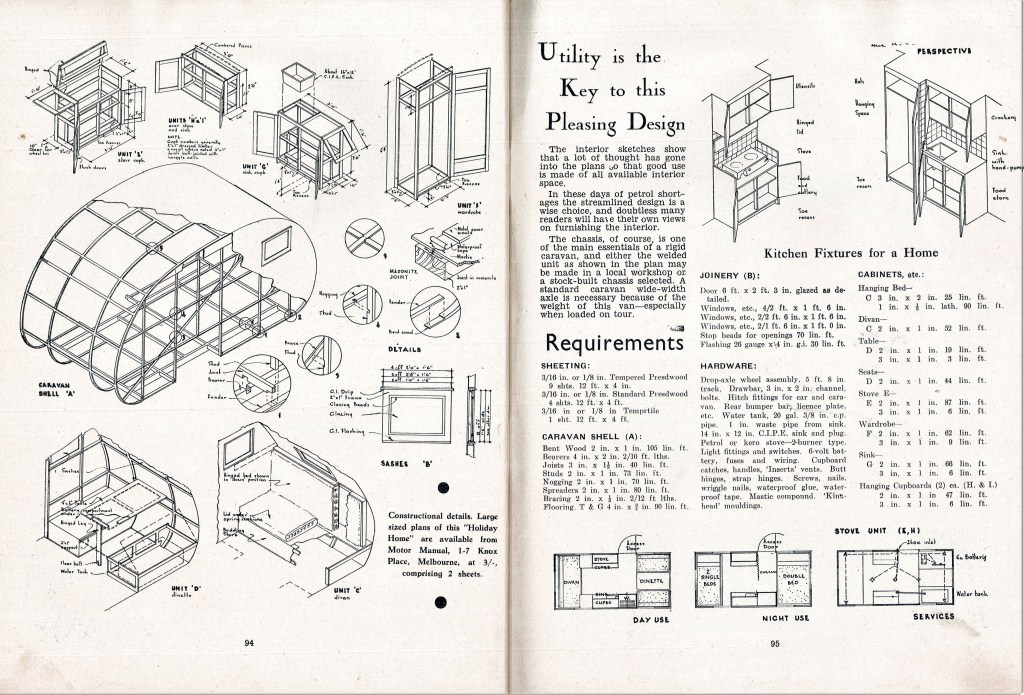


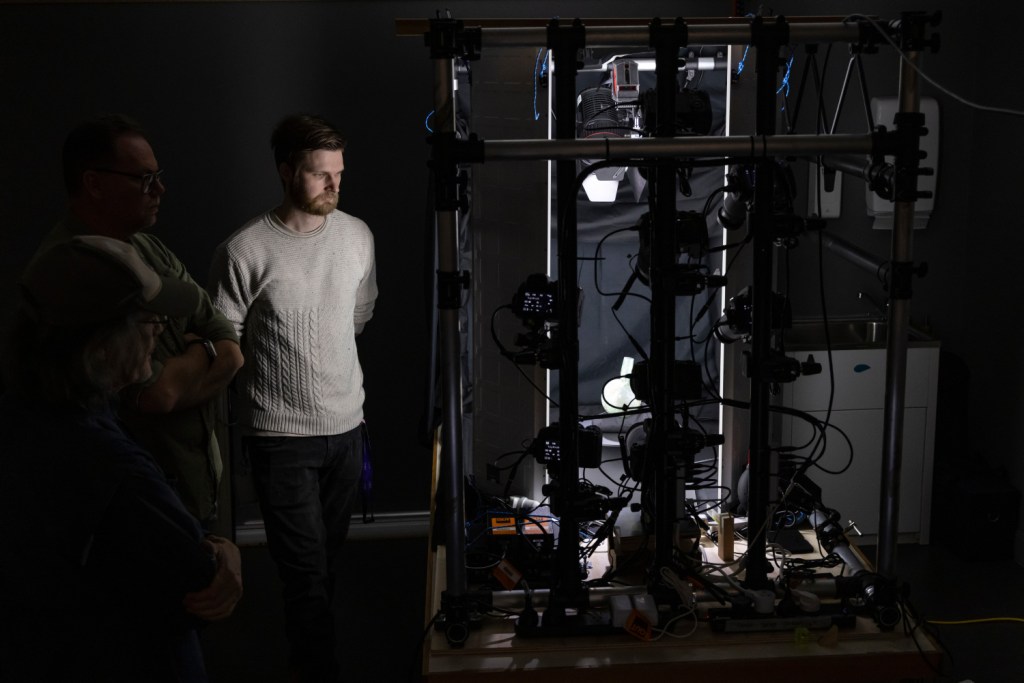


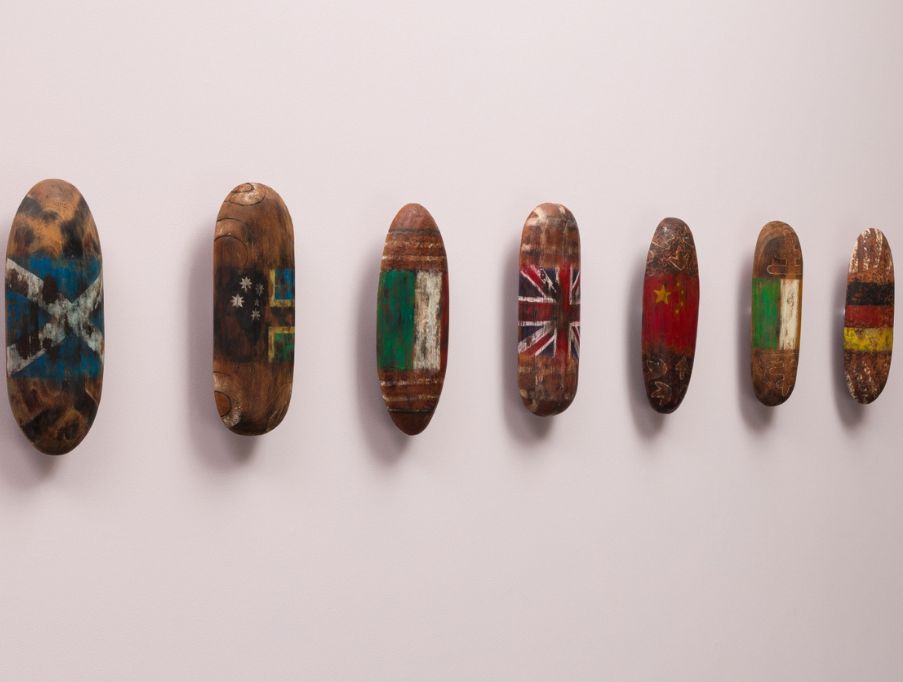
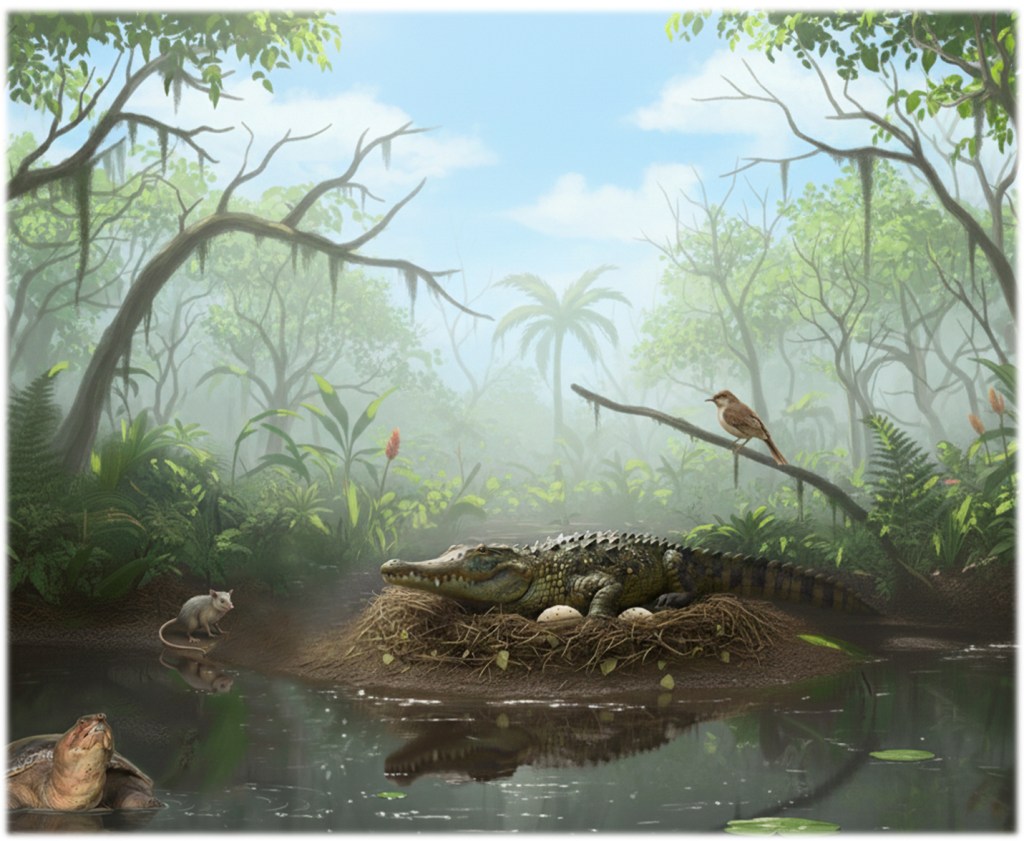
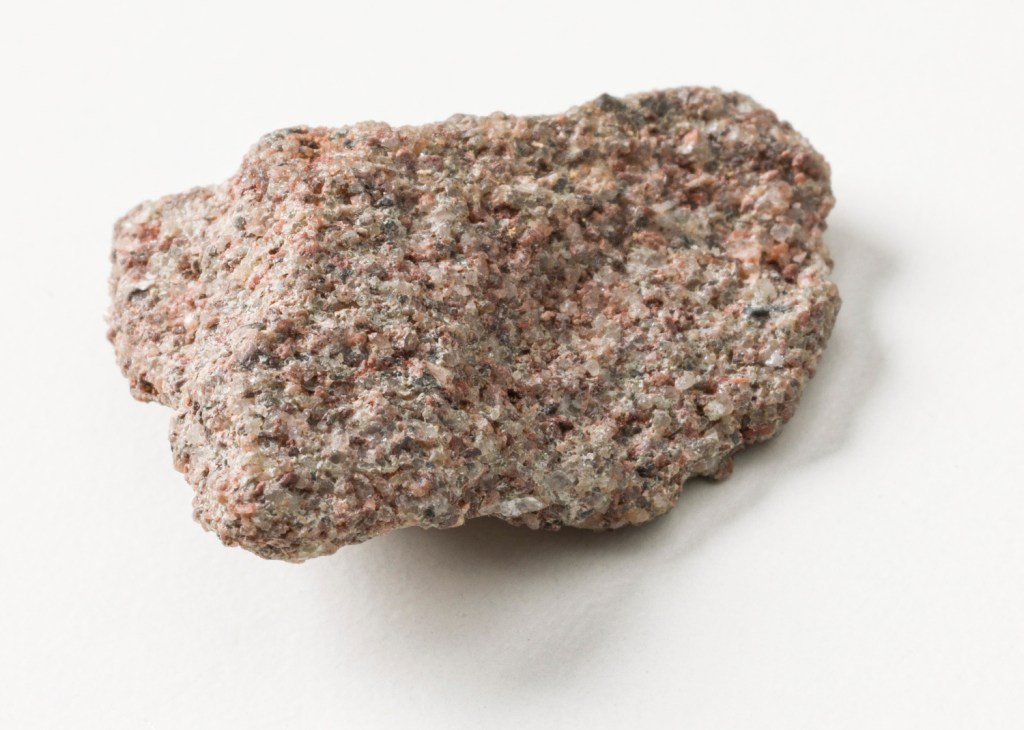

You must be logged in to post a comment.